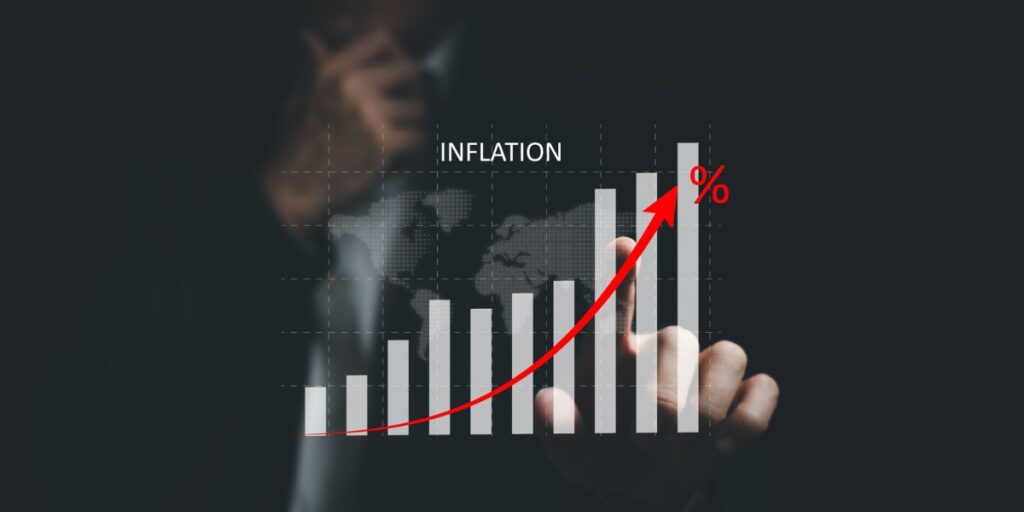There US housing market has been a topic of interest in recent years. Most recent trends emanated from the Covid-19 period. The low mortgage rates made houses the hottest purchases in 2020, bringing about a surge in demand for homes.
However, the following months were characterized by rising mortgage rates and fluctuating home prices. Such trends were evident in 2022, providing excellent insight into the changing house market dynamics.
Prices slowly dropped in early 2023, but it may take months to return to normal. So, what can you learn from these mortgage trends? Here are some key takeaways and how they could affect the future of the US housing industry:
1. The 30-year fixed mortgage is increasing

One of the most prominent trends in the 2022 mortgage market is the steady increase in 30-year fixed mortgage rates. They began the year at 3.22%, but the rates were 6.42% by the final week of December.
The 3.2-point annual increase is the most significant margin in history. Another high increase rate came in 1979. But at 2.5 points, it wasn’t even close to what was seen in 2022.
So, why the rise? Here are the two leading causes:
Inflation rates
The inflation rate in the US averaged over 8% for the better part of 2022. It peaked in June at 9.1%, reducing the demand for mortgage-backed bonds. As a result, interest rates, especially for long-term mortgages, kept increasing.
Federal Reserve’s policies
Although the Fed doesn’t set mortgage rates, its policies can indirectly affect prices. In March 2022, the Federal Reserve raised benchmark interest rates by 4.75%. This rate hike increased the cost of many financing facilities, including mortgages.
Generally, the 2022 mortgage rates were some of the highest recently. However, experts suggest these numbers could drop below 6% by the end of 2023. Of course, it depends on the economy’s strength by that time.
2. Digital channels are becoming more popular
Digitization of the real-estate industry grew in 2020 following the pandemic. Due to restrictions by the government and health authorities, lenders and borrowers embraced various digital channels.
This trend continued for months, triggering more stakeholders to invest in technology. As a result, the number of online applicants has been higher in rent months than in the pre-pandemic period.
Some of the most popular tools in 2022 were online applications, e-signatures, and virtual closings. These options streamlined mortgage applications and reduced paperwork, which has always been the main factor slowing the application.
As more people realize the benefits of technology, the number of online applicants will likely rise in the coming years. Lenders also invest in websites and software applications, accelerating this shift even more.
3. Home affordability is a concern
Home prices surged in 2022, with single-family units costing 4% more than the previous year. Some areas experienced a price increase of over 5.3%.
The National Association of Realtors reported an increase in the median existing-home price. There was a 16.3% rise in the third quarter of 2022 compared to the same period in 2021.
Of course, the inflation rates are leveling up in 2023. However, that’s no guarantee that mortgage rates and home prices will drop before the end of the year.
It’s worth noting that housing affordability issues have increased for many years. The main problem is that household income hasn’t kept up with the rise in home prices.
Studies show that the median home price rose 30% in the past decade. On the other hand, the average income increased by 11%, about three times slower than home prices. The difference is even more worrying when you stretch the sample period to 50 years.
The 2022 trends exposed what was already happening in the mortgage industry. This situation underscores the importance of careful budgeting and setting a long-term financial plan before purchasing a home. Borrowers should consider their income, debt-to-income ratio, and savings goals when deciding how much to spend on a home.

Conclusion
If you plan to buy a home in the US, the 2022 mortgage trends should be your benchmark data. Inflation rates and the Fed’s policies have had enormous repercussions on the mortgage industry.
For one, the 30-year fixed mortgages rose throughout the year. But the high rates registered towards the end of 2022 could reduce significantly by 2024.
Another important takeaway is that technology is taking over this sector. Many borrowers completed the process through online platforms in 2022 as the lenders streamlined their digital channels.
But perhaps the worrying fact is the ever-rising home prices. If the trend is anything to go by, more people could struggle to purchase homes soon.





